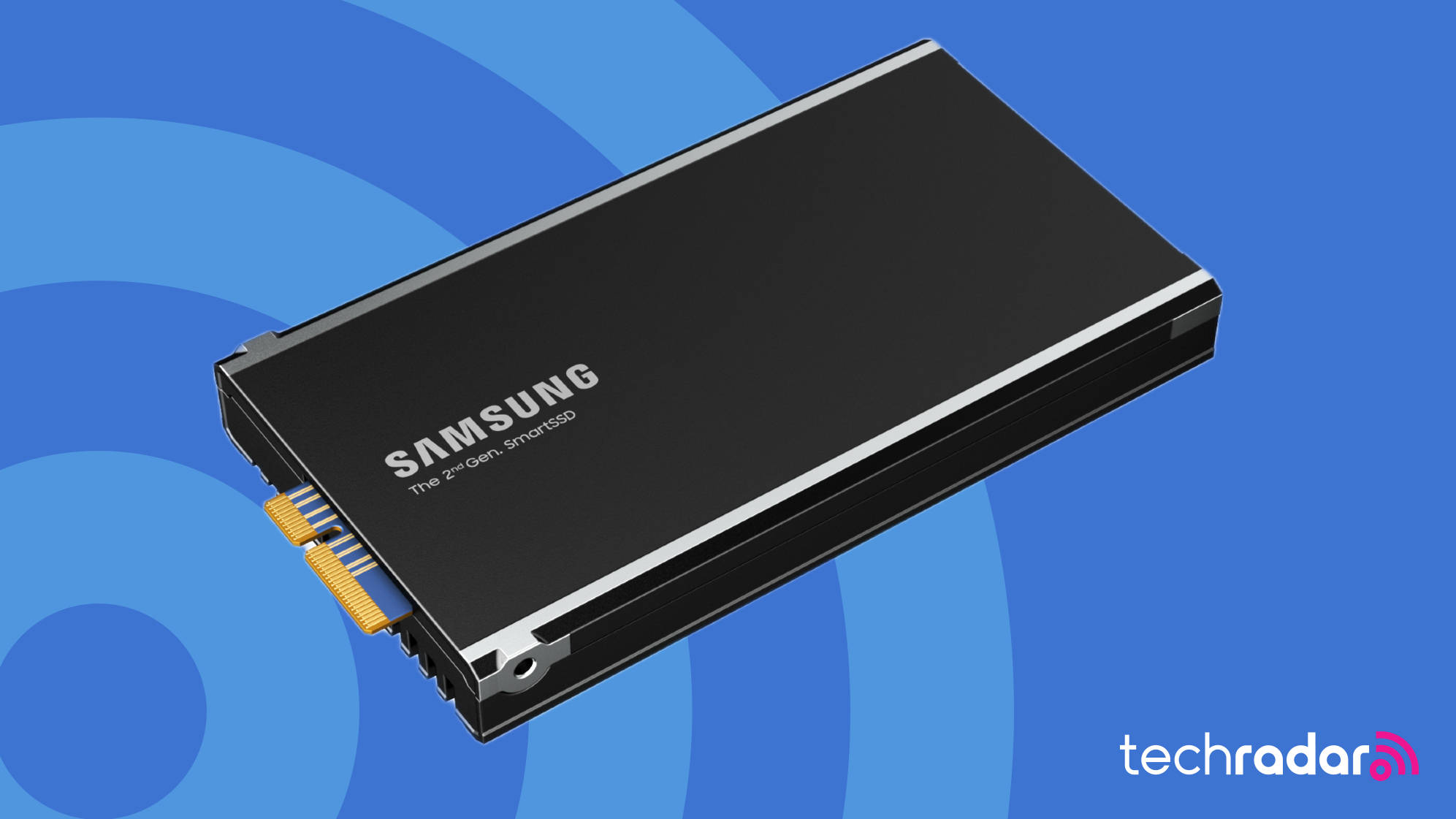
Shares of Plug Power Inc (NASDAQ: PLUG) are continuing their downward trend Thursday afternoon. The decline extends a volatile week for the hydrogen fuel cell company, erasing strong gains from the previous week. Here’s what investors need to know.
What To Know: The week’s sell-off accelerated on Tuesday after the company filed a prospectus supplement for the resale of over 185 million common stock warrants at an exercise price of $2.00.
This move renewed significant investor concern over potential share dilution, overshadowing recent optimism about the company’s role in providing alternative energy for AI data centers.
Compounding the pressure, cautionary remarks from Federal Reserve Chair Jerome Powell earlier in the week created a risk-off sentiment across Wall Street, disproportionately affecting growth and technology stocks.
Read Also: What’s Going On With Intel Stock Today?
The combination of macroeconomic pressures and company-specific financing activities has sent the stock tumbling, highlighting ongoing market sensitivity to Federal Reserve policy and shareholder value concerns.
Benzinga Edge Rankings: According to Benzinga Edge stock rankings, PLUG maintains a high Momentum score of 84.74, contrasted sharply by a low Growth score of just 14.90.
PLUG Price Action: Plug Power shares were down 5.63% at $2.265 at the time of publication Thursday, according to Benzinga Pro. Over the past month, PLUG has gained about 35.8% versus a 2.4% rise in the S&P 500 and is up roughly 4% year-to-date compared to the index’s 11.6% gain.
Technical Momentum: The stock is above its 50-day moving average of $1.67, indicating a potential bullish trend, but remains below the 200-day moving average of $1.58, suggesting mixed signals. Key support is likely at the 50-day moving average, while resistance may be encountered near the recent high of $2.39.
Read Also: What’s Going On With AMC Shares?
How To Buy PLUG Stock
By now you’re likely curious about how to participate in the market for Plug Power – be it to purchase shares, or even attempt to bet against the company.
Buying shares is typically done through a brokerage account. You can find a list of possible trading platforms here. Many will allow you to buy “fractional shares,” which allows you to own portions of stock without buying an entire share.
If you’re looking to bet against a company, the process is more complex. You’ll need access to an options trading platform, or a broker who will allow you to “go short” a share of stock by lending you the shares to sell. The process of shorting a stock can be found at this resource. Otherwise, if your broker allows you to trade options, you can either buy a put option, or sell a call option at a strike price above where shares are currently trading – either way it allows you to profit off of the share price decline.
Image: Shutterstock



